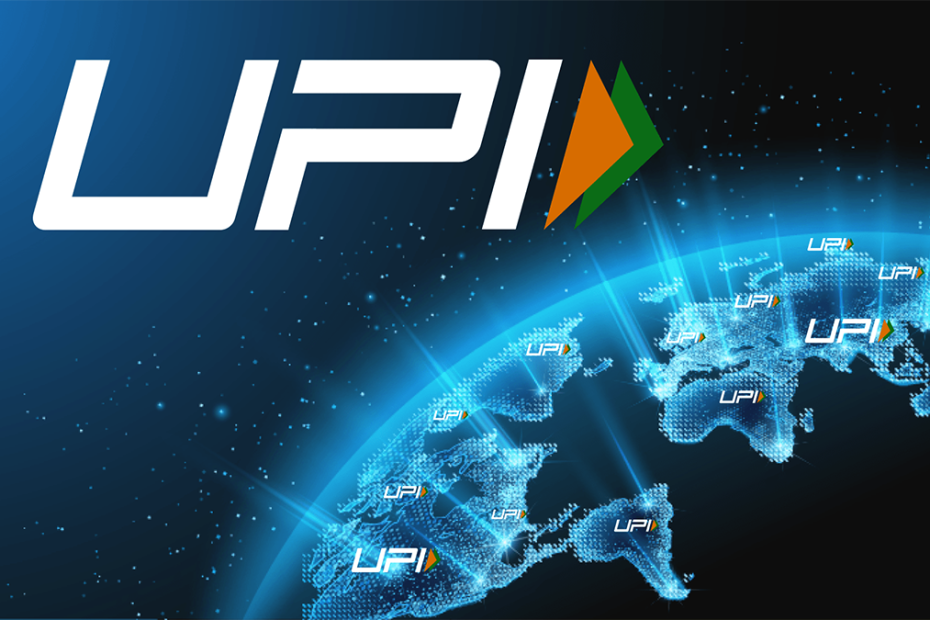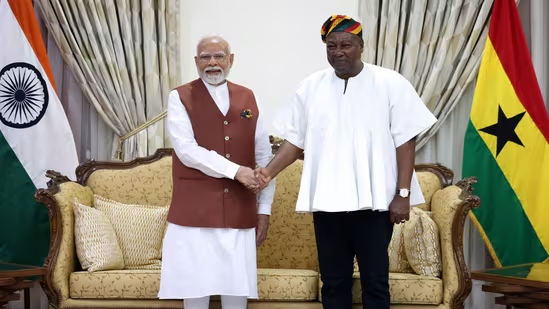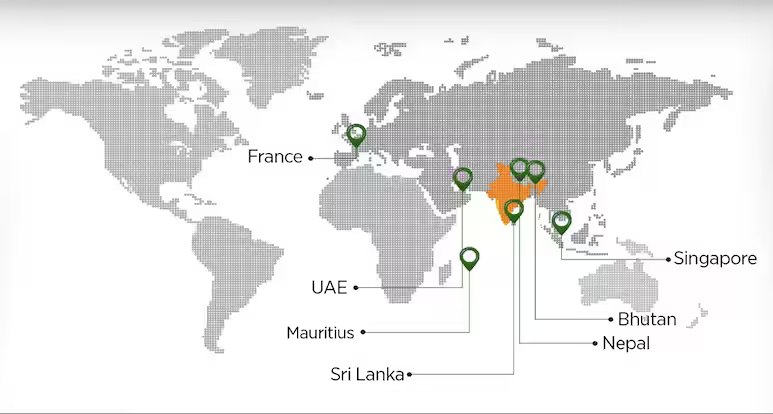
Transferring money once meant long waits, visiting the bank, adding a beneficiary, and hoping you hadn’t forgotten your wallet or ATM card. Then came UPI in 2016, revolutionizing digital payments in India. By linking your bank account to an app, you can send money instantly.
Its most powerful feature? QR code integration. Each user gets a simple, customizable Virtual Payment Address (VPA), which can be embedded in a QR code making real-time transfers easy, even for street vendors.
Why the World Wants UPI

India is now exporting this revolutionary infrastructure as a form of digital diplomacy. Ghana, among other countries has recently signed multiple Memorandum of Understanding (MoUs) with India to integrate UPI into their own digital payment systems. It’s not just about money, it’s about influence, cooperation, and capacity-building.
The appeal is clear. UPI enables seamless 24/7, 365-day bank transfers with minimal delay. It supports direct peer-to-peer (P2P) payments, requires no third-party approval, and is accessible to anyone with a smartphone. Most importantly, it’s nearly cost-free.
While platforms like Google Pay or Paytm may charge a 0.5–1% fee for card-based transactions, basic UPI transfers are essentially free.
Beyond convenience, UPI promotes faster economic integration. It’s cheap, efficient, and doesn’t rely on intermediaries, unlike Apple Pay or card-based systems that depend on Visa or Mastercard. And despite being fast and user-friendly, UPI transactions remain under government oversight, offering both transparency and control.
India Doesn’t Sell UPI—It Shares It
Does India charge other countries for UPI? Interestingly, no. This is where India’s vision becomes clear. Through UPI, India is not just building technology; it is building trust. Rather than selling the platform, India emphasizes capacity building. NPCI’s international arm, NPCI International Payments Ltd. (NIPL) partners with local banks and governments to share technical knowledge, APIs, and infrastructure standards.
In several cases, such as Bhutan and Mauritius, India has helped deploy UPI-based platforms as part of its developmental assistance. UPI is featured in India’s G20 Digital Public Infrastructure Toolkit, underlining its intention to share digital public goods rather than commercialize them.
Soft Power Through Digital Infrastructure
UPI is now part of India’s digital ecosystem, which also includes Aadhaar (ID), DigiLocker (digital document storage), and CoWIN (vaccination platform). Together, these are promoted as “India Stack for the World,” representing a strategic shift toward exporting technology rather than ideology.
At the 2023 G20 Summit in New Delhi, Prime Minister Narendra Modi emphasized that digital public goods like UPI can empower the Global South, a sentiment echoed by leaders from Africa, Southeast Asia, and Latin America.
This model, offering low-cost, open-access technology to developing countries, forms the foundation of India’s soft power diplomacy by building trust, aligning interests, and fostering goodwill.
By assisting countries in building or upgrading their digital payment systems with UPI or similar technology, India gains influence over how these systems evolve. As more countries adopt UPI or its variants, Indian technology standards could become global blueprints, potentially granting India influence comparable to that of Visa, Mastercard, or SWIFT.
Where UPI Has Gone Global

India’s UPI has already been adopted or integrated in several countries:
- Bhutan – First to launch UPI-based QR payments (2021).
- Nepal – Partnered with NIPL to build its own version of UPI.
- UAE & Singapore – Enabled cross-border remittances with UPI-RuPay rails.
- Sri Lanka & Mauritius – Offer real-time payments via UPI-bank integration.
- Indonesia, Oman, Bahrain, UK, Australia – Signed MoUs or are in advanced stages of technical collaboration.
In Bhutan, Nepal, Sri Lanka, and Mauritius, UPI is usable by both locals and Indian visitors for domestic and cross-border payments. In the UAE, Singapore, Indonesia, Oman, Bahrain, the UK, and Australia (MoU countries), UPI is mainly used by Indian expatriates to send remittances or pay via Indian bank accounts, with local access likely to follow as integration expands.
India’s model of digital cooperation is proving to be a powerful foreign policy asset, combining innovation with inclusion, and trust with technology.
For more such informative articles, stay tuned at The World Times.



